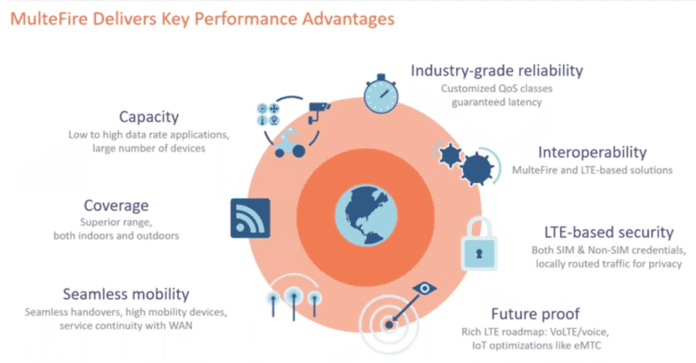Ericsson and Microsoft are pooling their cloud-based connectivity management and compute-and-analytics platforms, respectively, for connected vehicles.
Ericsson will build its Connected Vehicle Cloud, which it claims connects around 10 per cent of the connected vehicle market, on top of the Microsoft Connected Vehicle Platform (MCVP), which brings together cloud infrastructure, edge technology, and IoT sensors and analytics.
MCVP runs on the Microsoft Azure cloud platform. The conjoined solution will allow car-makers to deploy connected vehicle services more easily, quickly and efficienctly, they pair said. They cited examples including fleet management, over-the-air software updates and connected safety services.
Auto-makers will be able to scale services globally more easily, as well, they claimed.
Åsa Tamsons, senior vice president and head of business area technologies at Ericsson, said: “The partnership will deliver a comprehensive connected vehicle platform at scale to the market… [and] help automotive manufacturers accelerate their global connected vehicle solutions and offer a better experience for drivers and passengers.”
Peggy Johnson, executive vice president for business development at Microsoft, said: “We intend to simplify the development of connected vehicle services to help car makers focus on their customers’ needs and accelerate the delivery of unique, tailor-made driving experiences.”
Ericsson’s Connected Vehicle Cloud connects more than four million vehicles across 180 countries worldwide, which the Swedish vendor puts at 10 per cent of the total connected vehicle market. The platform supports any connected vehicle service, it said.
“[The service] offloads… [the] complexity of global 24/7 operations and lifecycle management related to connected vehicles with a guaranteed service-level agreement,” it stated.
The MCVP platform bundles compute, storage, and analytics with a diverse partner ecosystem, said Microsoft. “[It] offers a consistent, cloud-connected platform… on top of which [solutions] can be built, including in-vehicle infotainment, advanced navigation, autonomous driving, telematics and prediction services, and over-the-air updates.”

